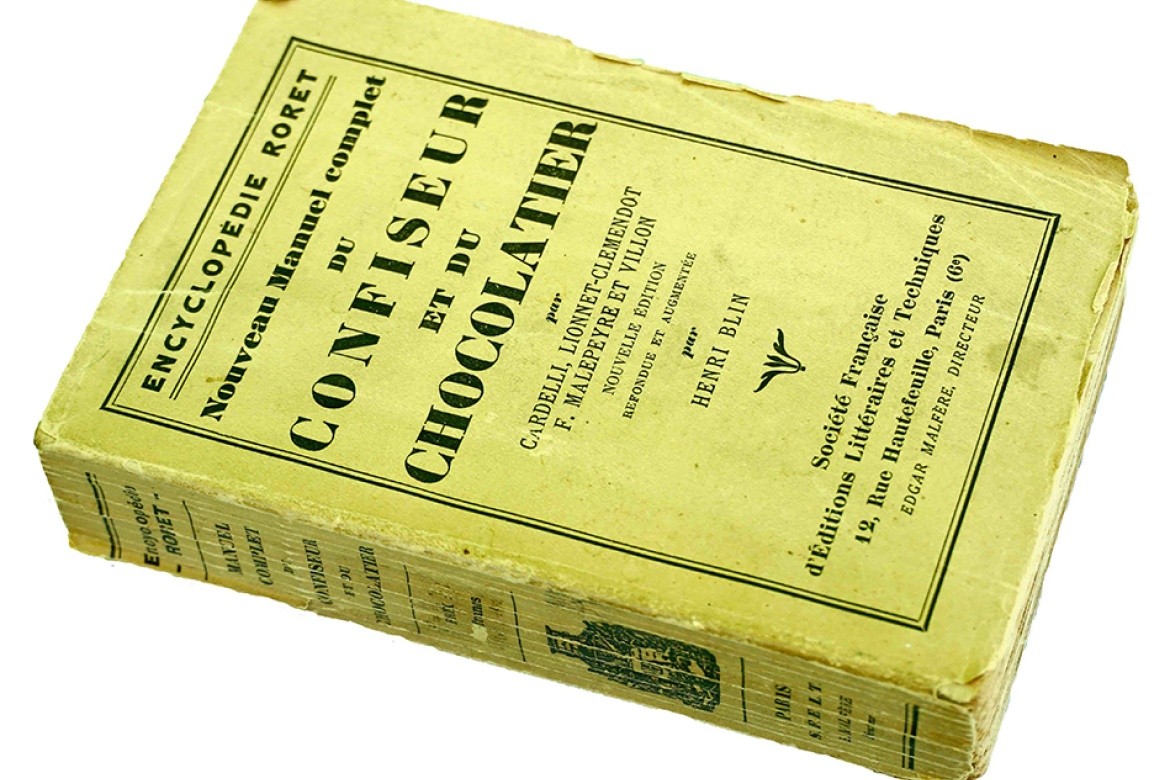Sifting through culinary history

Culinary historian and Mount Holyoke alum Barbara Ketchum Wheaton ’53 first dreamed of a database of historical cookbooks more than 50 years ago.
By Jeremy Gantz
Barbara Ketchum Wheaton ’53 has probably read more cookbooks than anyone else alive.
A food historian and the honorary curator of the culinary collection at the Radcliffe Institute for Advance Study’s Schlesinger Library, Wheaton sees cookbooks as much more than just containers of recipes. To her they are uniquely valuable sources of historical knowledge, illuminating not only food and cooking trends, but also changing social norms across cultures, classes and centuries.
The problem, from Wheaton’s perspective, is that cookbooks offer information in “inconveniently small pieces.” She began seriously studying historical cookbooks in the early 1960s, in the Schlesinger Library and in the personal collection of her neighbor and friend Julia Child, the celebrated author and cooking teacher.
“I was really enjoying reading them, but it was like seeing things whiz by,” Wheaton said. “It was like sorting grains of sand.” She began dreaming of a giant database that could help her make sense of the significance of shifting ingredients and cooking practices — the ultimate food history research tool.
As of July, more than 50 years and 5,000 historical cookbooks later, Wheaton’s one-of-a-kind database, The Sifter, is online. Think of it as a vast storehouse of knowledge that connects culinary dots across time and space: part catalog of ingredients and cooking techniques, part bibliography of titles and authors stretching back 1,000 years.
Search for “pound cake,” for example, and you’ll learn that the earliest recipe appeared in 1748 in London, in Hannah Glasse’s “Art of Cookery Made Plain and Easy.” Wheaton suggests looking up a favorite family recipe and tracing its path through history.
For decades, the database had lived on Wheaton’s computer, growing larger as she catalogued material — not only cookbooks, but periodicals and other published works that “shed light on the universal human occupations of producing, preparing and consuming food,” as The Sifter notes on its Frequently Asked Questions page.
Back in the early 1960s, when Wheaton was just beginning to make her way as a food historian, food wasn’t yet established as a serious field of inquiry.
“Mostly, people laughed when I told them what I was doing. Now it’s positively normal,” said Wheaton, who studied art history at both Mount Holyoke College and Radcliffe College, where she earned a master’s degree.
Her own pioneering scholarly work — especially “Savoring the Past: The French Kitchen and Table from 1300 to 1789,” published in 1983 to wide acclaim — helped to mainstream and legitimize culinary history.
Now the database that Wheaton spent decades cultivating is available for all to explore — scholars and the general public are invited to the feast of knowledge.
“It seems to me that Wheaton has given food studies scholars an extraordinary gift, one that will be appreciated long into the future,” said Marion Nestle, author and Paulette Goddard Professor of Nutrition, Food Studies, and Public Health, Emerita at New York University. The Sifter “demonstrates that food has long been an object of interest, research and discussion, to the point where people felt compelled to write down what they knew … and created, for the benefit of future generations,” Nestle said via email.
Wheaton is by no means done with The Sifter, which she once nicknamed “The Cook’s Oracle.” Now 89 and living in a retirement community in Lexington, Massachusetts, she says she’s putting more time than ever into the database.
“Here I am, quarantined in an old folks’ home, but I am so busy. ‘Sifting’ is entirely sanitary.”
But now she’s not the only one cataloging books. Other scholars and food history buffs from around the world are volunteering to grow The Sifter. Anyone can register to contribute, Wikipedia-style.
Right now, The Sifter mainly encompasses American and European cookbooks. But Wheaton’s vision for the project is much bigger: a global community of scholars and others cataloging the earliest surviving cooking texts in Latin, Greek — even the cuneiform tablets of ancient Mesopotamia — into an all-encompassing database.
“The more languages we get in and the more periods of time, the better,” she said. “It will always be a work in progress.”
Wheaton hopes that one day The Sifter will be housed within an educational institution. For now, it’s managed by an advisory board made up of food studies scholars and two of Wheaton’s children, who helped oversee its public launch. Seeing The Sifter take on a life of its own makes Wheaton feel she has established a proof of concept.
“Now there are people who understand why they ought to want to add to it,” she said. “Food history can make people be aware of our remarkable diversity and commonalities. There’s plenty to worry about, but let’s not forget about the good stuff, especially these days.”